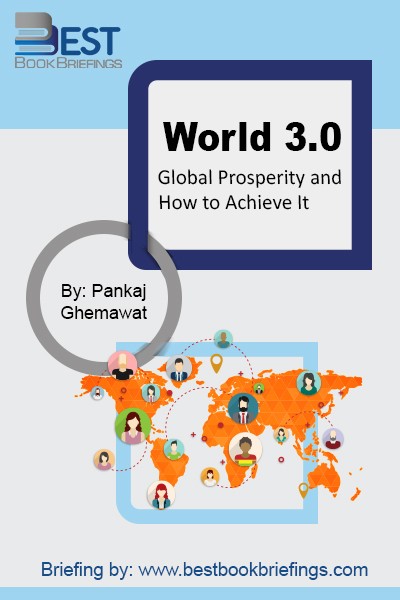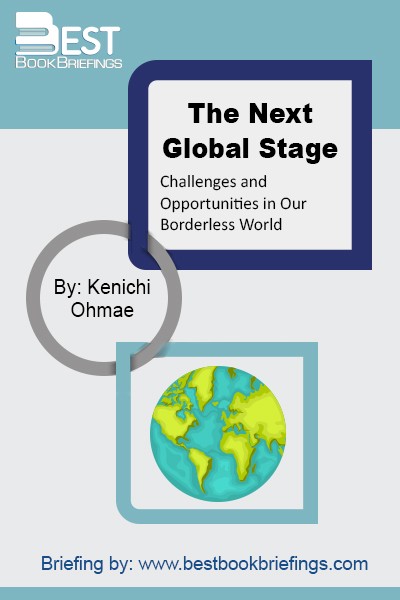4 Steps to the Future
A Quick and Clean Guide to Creating Foresight
Number of pages: 88
Publisher: Vision Foresight Strategy LLC
BBB Library: Corporate Success, Technology and Globalization
ISBN: 978-0997278309
Editorial Review
Everyone has a natural instinct to be concerned about the future and virtually everyone at various points and in various ways tries to wrestle with the question, “What will the future bring?” Living in a world of apparently rapid change, we are more concerned than ever with the future. So, let’s think of foresight simply as insight into how and why the future will be different from today. It is not about the ability to see the future before it happens.
Book Reviews
Books on Related Topics

We are closer now to 2030 than we are to the start of the new millennium (2000). The technologies we are exploring today are radically going to redefine the next age of humanity. This next age is called the Augmented Age, because of how radically embedded and personal technology will augment

The global financial crisis has already inspired over a thousand books, not to mention myriad articles, blogs, and other commentary. Some are simply expressions of anger. Others document the hole we find ourselves in or perform forensics on how we nearly buried ourselves alive. Fewer focus on what is to be

To realize the current global stage, all you need to do is to look at your dinner table! It’s full of food from the four corners of the World; Salmon from Chile, sauce and spices from Brazil. Your dishes might be from China or Hungary, and glassware from the Czech Republic.

I’ve been in this life for fifty years, been trying to work out its riddle for forty-two, and been keeping diaries of clues to that riddle for the last thirty-five. Notes about successes and failures, joys and sorrows, things that made me marvel, and things that made me laugh out loud.



